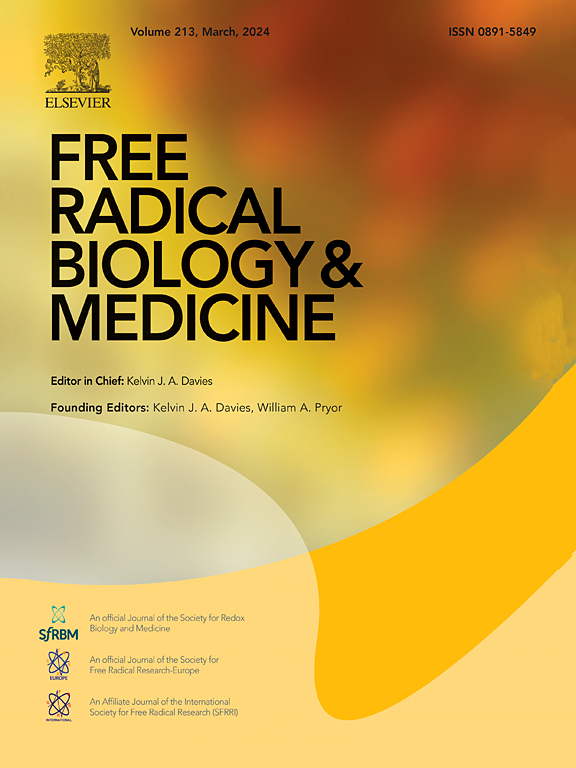Edaravone mitigates TDP-43 mislocalization in human amyotrophic lateral sclerosis neurons with potential implication of the SIRT1-XBP1 pathway
IF 7.1
2区 生物学
Q1 BIOCHEMISTRY & MOLECULAR BIOLOGY
引用次数: 0
Abstract
Amyotrophic lateral sclerosis (ALS) is a fatal neurodegenerative disorder characterized by progressive motor neuron loss along with pathological mislocalization of TAR DNA-binding protein 43 (TDP-43), a protein implicated in RNA metabolism. Although edaravone, a free-radical scavenger, has been approved for ALS treatment, its precise mechanism of action is not fully understood, particularly in relation to TDP-43 pathology. Here, we investigated the effects of edaravone on induced pluripotent stem cell (iPSC)-derived motor neurons in a patient with ALS harboring a TDP-43 mutation. Our results demonstrated that edaravone significantly attenuated neurodegeneration, as evidenced by neurite preservation, neuronal cell death reduction, and correction of aberrant cytoplasmic localization of TDP-43. These neuroprotective effects were not observed with vitamin C, indicating a unique mechanism of action for edaravone, distinct from its antioxidative properties. RNA sequencing revealed that edaravone rapidly modulated gene expression, including protein quality control pathway, such as the ubiquitin-proteasome system. Further analysis identified X-box binding protein (XBP1), a key regulator of the endoplasmic reticulum stress response, as a critical factor in the therapeutic effects of edaravone. This study suggests that edaravone may offer a multifaceted therapeutic approach for ALS by targeting oxidative stress and TDP-43 mislocalization through distinct molecular pathways.

求助全文
约1分钟内获得全文
求助全文
来源期刊

Free Radical Biology and Medicine
医学-内分泌学与代谢
CiteScore
14.00
自引率
4.10%
发文量
850
审稿时长
22 days
期刊介绍:
Free Radical Biology and Medicine is a leading journal in the field of redox biology, which is the study of the role of reactive oxygen species (ROS) and other oxidizing agents in biological systems. The journal serves as a premier forum for publishing innovative and groundbreaking research that explores the redox biology of health and disease, covering a wide range of topics and disciplines. Free Radical Biology and Medicine also commissions Special Issues that highlight recent advances in both basic and clinical research, with a particular emphasis on the mechanisms underlying altered metabolism and redox signaling. These Special Issues aim to provide a focused platform for the latest research in the field, fostering collaboration and knowledge exchange among researchers and clinicians.
 求助内容:
求助内容: 应助结果提醒方式:
应助结果提醒方式:


